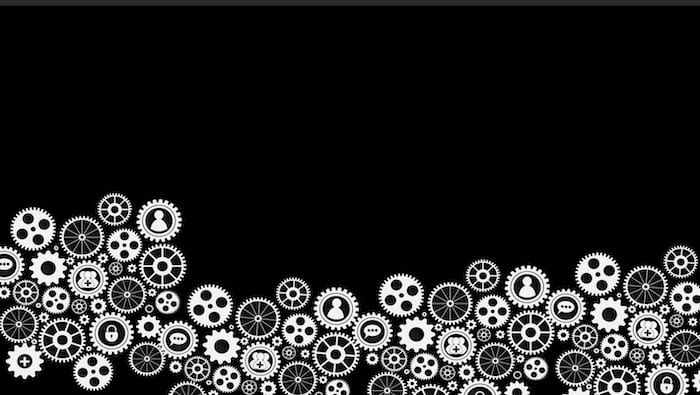Cognitive Rigidity
OVERVIEW
Cognitive rigidity, or fixation, is holding onto initial explanations despite the subsequent accumulation of contrary evidence (Klein, 2011)
- Cognitive rigidity is not always maladaptive – it can often be adaptive: if mental models were discarded at the first sign of an anomaly our understanding would likely worsen rather than improve
- Cognitive rigidity can be a barrier to unlearning (see Unlearning)
- Cognitive flexibility is the opposite of cognitive rigidity
“KNOWLEDGE SHIELDS”
Scientists and clinicians display cognitive rigidity, in that they tend to modify – rather than discard – their theories in light of contrary evidence (Klein, 2011).
- Feltovich et al, (2001) described over 20 ‘knowledge shields’ (strategies used to protect initial beliefs) displayed by paediatric cardiologists to dismiss contrary evidence and maintain belief in an initial (incorrect) diagnosis.
Key strategies used by scientists are described by Chinn and Brewer (1993):
- Ignore the data (e.g. claims with a low pre-test probability such as the existence of a perpetual motion machine)
- Find something wrong to allow rejection of the data
- Find a reason why the data doesn’t really apply
- Find a reason to hold consideration of the data until some time in the future
- Reinterpret data to make them less problematic
- Make peripheral changes in a theory to handle the data without requiring an extensive reconceptualisation
STRATEGIES TO GUARD AGAINST COGNITIVE RIGIDITY
Strategies to guard against excessive cognitive rigidity include (Klein,2011)
- Ask ‘what evidence would be required to change your mind?’
- Monitor the amount of contrary evidence that is accumulating – if extensive then we are more likely to be wrong
- Test your beliefs on comparable cases
- Ask a colleague to come in with a fresh perspective
- Be curious when encountering anomalies — instead of explaining them away, wonder about them
- Consider ‘logical competitor sets’ even if you don’t believe them (e.g. Watson and Crick explored the double helix as a potential model for DNA even thought they initially didn’t think it was correct)
- Crystal ball method — explain what you think will happen, then assume it doesn’t despite the intial facts being correct— come up with different explanations for the facts
Mindfulness meditation also appears to help reduce cognitive rigidity via the tendency to be “blinded” by experience (greenberg et al, 2012)
References and Links
Journal articles and books
- Klein, GA. Streetlights and Shadows: Searching for the Keys to Adaptive Decision Making. MIT Press, 2011
- Greenberg J, Reiner K, Meiran N. “Mind the trap”: mindfulness practice reduces cognitive rigidity. PloS one. 7(5):e36206. 2012. [pubmed]
FOAM and web resources
- Psychology Today — Cognitive Rigidity: The 8-Ball From Hell by James Coplan (2016)

SMILE
squared
Chris is an Intensivist and ECMO specialist at The Alfred ICU, where he is Deputy Director (Education). He is a Clinical Adjunct Associate Professor at Monash University, the Lead for the Clinician Educator Incubator programme, and a CICM First Part Examiner.
He is an internationally recognised Clinician Educator with a passion for helping clinicians learn and for improving the clinical performance of individuals and collectives. He was one of the founders of the FOAM movement (Free Open-Access Medical education) has been recognised for his contributions to education with awards from ANZICS, ANZAHPE, and ACEM.
His one great achievement is being the father of three amazing children.
On Bluesky, he is @precordialthump.bsky.social and on the site that Elon has screwed up, he is @precordialthump.
| INTENSIVE | RAGE | Resuscitology | SMACC
